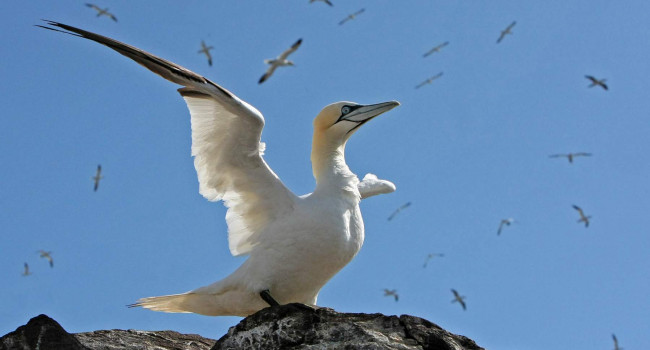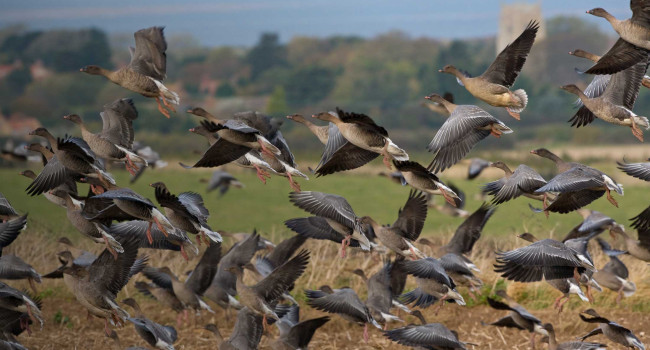Camera traps reveal predators of breeding Black Guillemots Cepphus grylle
Author(s): Johnston, D.T., Furness, R.W., Robbins, A.M.C., Tyler, G.C. & Masden, E.A.
Published: November 2020 Pages: 12pp
Journal: Seabird Volume: 32
View publicationAbstract
The occurrence of predation on Black Guillemots Cepphus grylle, of both adults and chicks, is an important consideration when assessing factors affecting breeding success. However, predators are often cryptic and confirmed interactions are difficult to identify. Through the use of camera traps, we recorded predation by mammalian and avian species on Black Guillemots on Stroma and North Ronaldsay in the 2016 and 2017 breeding seasons. Camera traps recorded two presumed instances of an Otter Lutra lutra predating chicks, one possible instance of an Otter predating an adult, one instance of a Hooded Crow Corvus cornix predating a chick, and the presence of several species of potential predators at nests. Camera traps were deployed concurrently during periods of visual observations, during which, sightings of predators were rare. We found the presence of camera traps to have no effect on breeding success between monitored (mean chicks fledged = 1.05, n = 52) and control (mean chicks fledged = 0.98, n = 98) nests. Here we highlight the potential role of camera traps in monitoring seabird nest success, and positively identifying sources of nest failure.
Notes
DTJ was funded through a Marine Alliance for Science and Technology for Scotland (MASTS) studentship supported by Scottish Natural Heritage (SNH). A special thank you is reserved for the volunteer camera trap analysts: Colin Mckenzie, Danny Allot, and Emily Kearl. We are grateful for the support given by the staff and volunteers of the North Ronaldsay Bird Observatory, and skipper William ‘Willy’ Simpson who accommodated fieldwork on Stroma. We would like to thank the anonymous reviewers of the manuscript.Staff Author(s)







Share this page